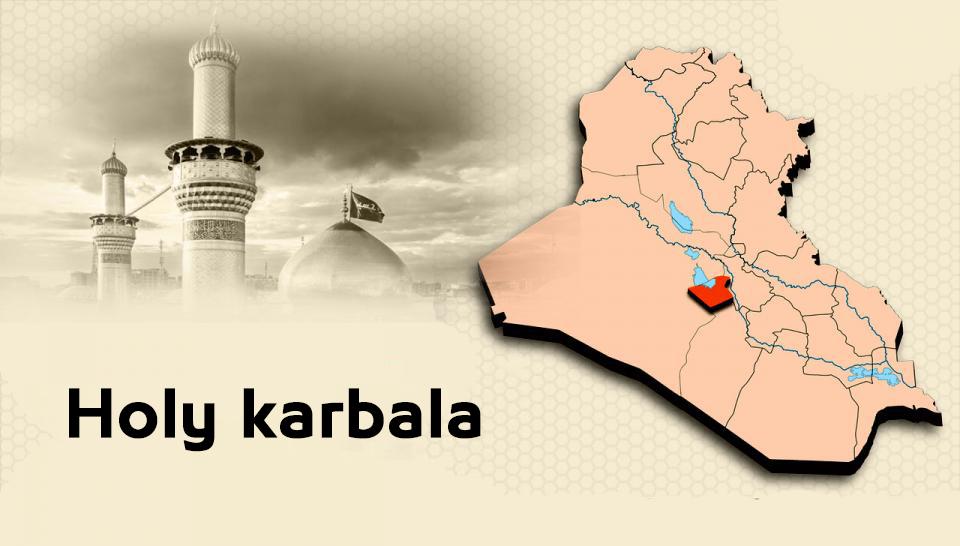The scientific magazine "Al-Sibt", issued by Karbala Center for Studies and Research in Al Hussein Holy Shrine, stated that the location of Karbala in the Islamic era was closer to the agreement between ancient historians, geographers, and later researchers, so they determined its location west of the Euphrates, adjacent to the city of "Qasr Ibn Hubaira" in the Sawad of Al Kufa at the edge of the wilderness, southwest of Baghdad, which is part of Lower Nineveh Province
This came through the study published by the magazine and tagged with “The Etymology of the Name of Karbala and its Location” by the experienced doctor, “Abdul Hussein Mahdi Al-Rahim”, where it indicated that “this site has made Karbala the center of two important cities since pre-Islamic times, namely (Al-Hirah) from the south and (Anbar) from the north, and that the political and administrative roles of these two cities cast a shadow over the Karbala region, and it was in contact with them in the habitation of Arab tribes and its agricultural revenues
Stressing that "the area of Karbala did not include the village of Karbala only, but rather a group of villages, all of which belong to the two rivers, are famous, namely al-Taf, al-Aqr, al-Ghadriyah, Shafia, Nineveh, al-Nawai'ah, and other dependencies"
The study quotes the famous historian and writer "Yaqut Al-Hamwi" as saying that "Karbala is part of a region that was in the land of Babylon called (Nineveh), and this in turn is part of Kufa, so he investigated its location a identified it with ancient urban landmarks that added to the efforts of historians and geographers who preceded him with clearer, broader and older indications."
Source: Al-Sibt Scientific Refereed Journal, first issue, first year, one of the publications of the Karbala Center for Studies and Research, 2015, p. 20

